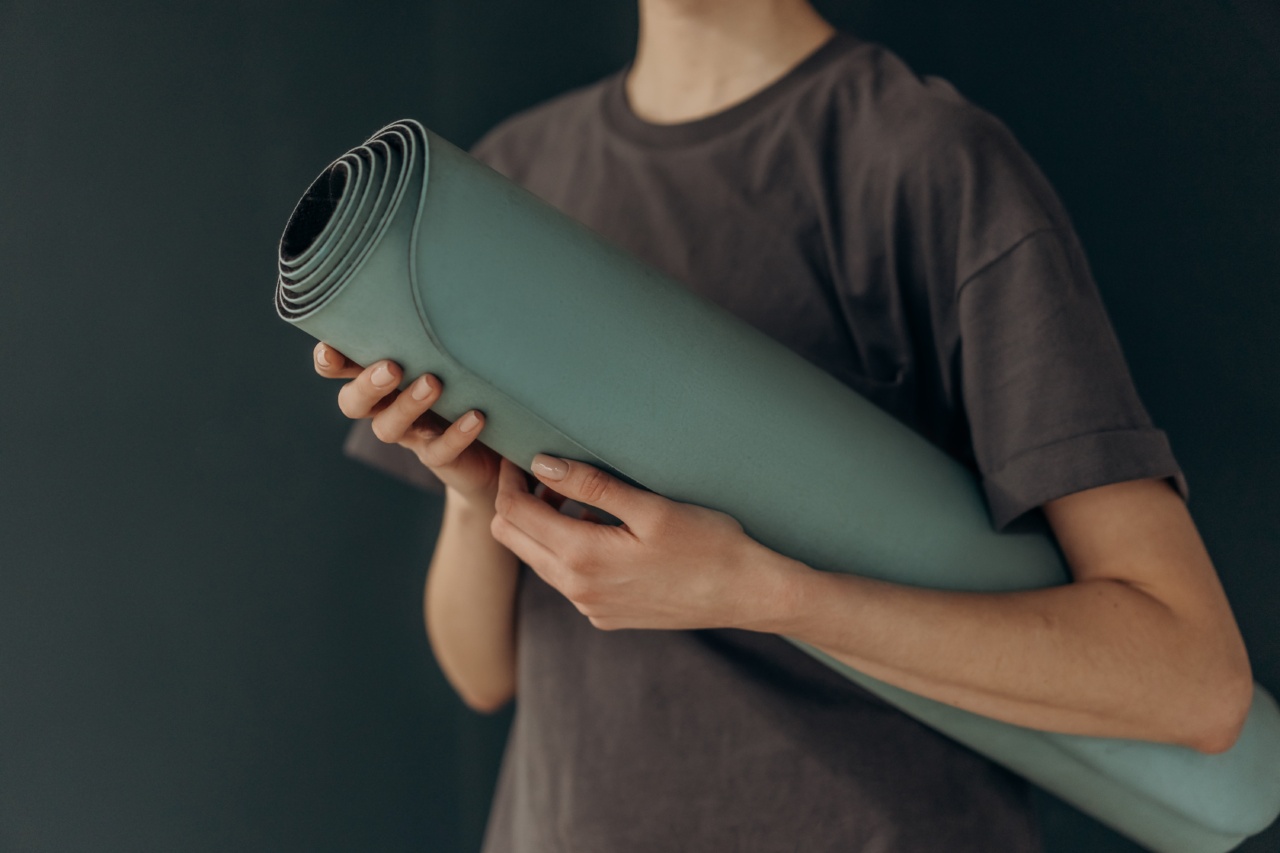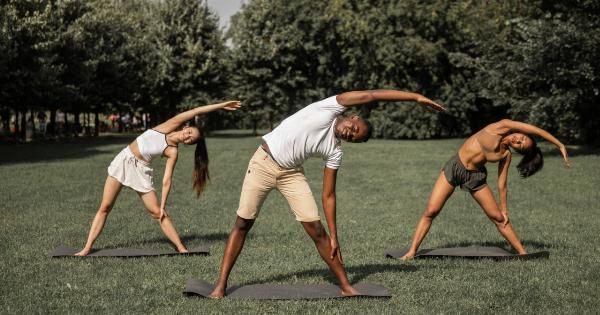Chest stability is an essential aspect of overall upper body strength and function. Whether you are an athlete, weightlifter, or simply looking to improve your posture and performance in daily activities, maintaining a stable chest is crucial.
Resistance training offers an effective way to enhance chest stability, as it targets the muscles responsible for maintaining this stability.
Understanding Chest Stability
Chest stability refers to the ability to maintain a firm and controlled position of the chest during various movements.
A stable chest ensures optimal shoulder alignment, reduces the risk of shoulder injuries, improves breathing mechanics, and enhances overall upper body strength.
The muscles responsible for chest stability include the pectoralis major, pectoralis minor, serratus anterior, deltoids, trapezius, and the muscles of the rotator cuff.
By targeting these muscles through resistance training, you can improve their strength, endurance, and coordination, leading to improved chest stability.
Choosing the Right Resistance Training Exercises
When aiming to improve chest stability, it is essential to incorporate exercises that engage the relevant muscle groups. Below are some effective resistance training exercises that target the muscles responsible for chest stability:.
1. Push-Ups
A classic exercise that targets the pectoralis major, triceps, deltoids, and core muscles. Perform push-ups with proper form, keeping the body straight and engaging the shoulder and chest muscles throughout the movement.
2. Dumbbell Bench Press
Lie on a bench and hold dumbbells in each hand. Lower the dumbbells towards the chest, keeping the elbows slightly below shoulder level. Push the dumbbells back up while engaging the chest and shoulder muscles.
3. Chest Flyes
Lie on a bench and hold dumbbells in each hand with extended arms. Open your arms out to the sides, maintaining a slight bend in the elbows, until you feel a stretch in the chest muscles. Bring the dumbbells back up, squeezing the chest muscles.
4. Stability Ball Chest Press
Place a stability ball against a wall and lean against it with your upper back. Hold dumbbells in each hand and perform a chest press, pushing the dumbbells away from your chest while engaging the chest and shoulder muscles.
5. Resistance Band Chest Press
Attach a resistance band to a stationary object at chest height. Hold the bands in each hand and step away from the anchor point.
Keep your feet shoulder-width apart and perform a chest press by extending your arms forward while engaging the chest and shoulder muscles.
6. Cable Chest Press
Set up a cable machine with the handles at chest height. Stand facing away from the machine and hold the handles with your elbows bent at a 90-degree angle.
Push the handles forward while engaging the chest and shoulder muscles, then return to the starting position.
7. Push-Up Plus
Assume a push-up position with your hands slightly wider than shoulder-width apart. As you lower your body towards the ground, push your shoulder blades apart, engaging the serratus anterior muscles.
Push your body back up, focusing on keeping the chest stable throughout the movement.
8. Shoulder Retraction Exercises
Perform exercises that involve retracting the shoulder blades, such as seated rows, bent-over rows, or face pulls. These exercises target the muscles of the upper back and help improve overall shoulder stability, indirectly enhancing chest stability.
9. Stability Ball Y-T-I Raises
Lie face down on a stability ball with your legs straight and toes on the ground for stability. Extend your arms out in front of you in a Y position, then move them out to the sides in a T position, and finally raise them overhead in an I position.
Focus on engaging the shoulder and chest muscles throughout the movement.
10. Rotator Cuff Exercises
Include exercises that specifically target the rotator cuff muscles, such as external rotations with a resistance band or dumbbell.
Strong and well-coordinated rotator cuff muscles contribute to better shoulder stability and, consequently, improved chest stability.
Incorporating Resistance Training into Your Routine
To effectively improve chest stability, it is essential to incorporate resistance training exercises into your regular workout routine. Here are some tips for incorporating these exercises:.
1. Warm up properly: Prior to performing resistance training exercises, it is crucial to warm up your muscles and joints adequately to prevent injuries. Incorporate dynamic stretches and mobility exercises targeting the upper body.
2. Start gradually: If you are new to resistance training or targeting chest stability, start with lighter weights and perform exercises with proper form. Gradually increase the weight and intensity as your strength and stability improve.
3. Focus on proper form: Maintaining proper form throughout each exercise is crucial. This ensures that the targeted muscles are engaged correctly and minimizes the risk of compensatory movements or injuries.
If needed, seek guidance from a certified personal trainer to learn the correct form and technique.
4. Vary your exercises: To continuously challenge your muscles and avoid plateaus, incorporate a variety of resistance training exercises into your routine.
Mix up different exercises targeting the chest, shoulders, and upper back muscles to enhance overall stability and strength.
5. Allow for recovery: Resistance training stimulates muscle growth and strength gains, but muscles need time to recover and adapt. Allow at least one day of rest between chest stability-focused workouts to avoid overtraining and optimize results.
Conclusion
Improving chest stability through resistance training is a valuable investment for anyone seeking to enhance upper body strength, posture, and overall performance.
By targeting the muscles responsible for chest stability, such as the pectorals, deltoids, and rotator cuff muscles, you can ensure optimal shoulder alignment, reduce the risk of injuries, and improve your functional fitness. Incorporate the recommended exercises into your routine, gradually increase the intensity, and always prioritize proper form and technique for optimal results.



























